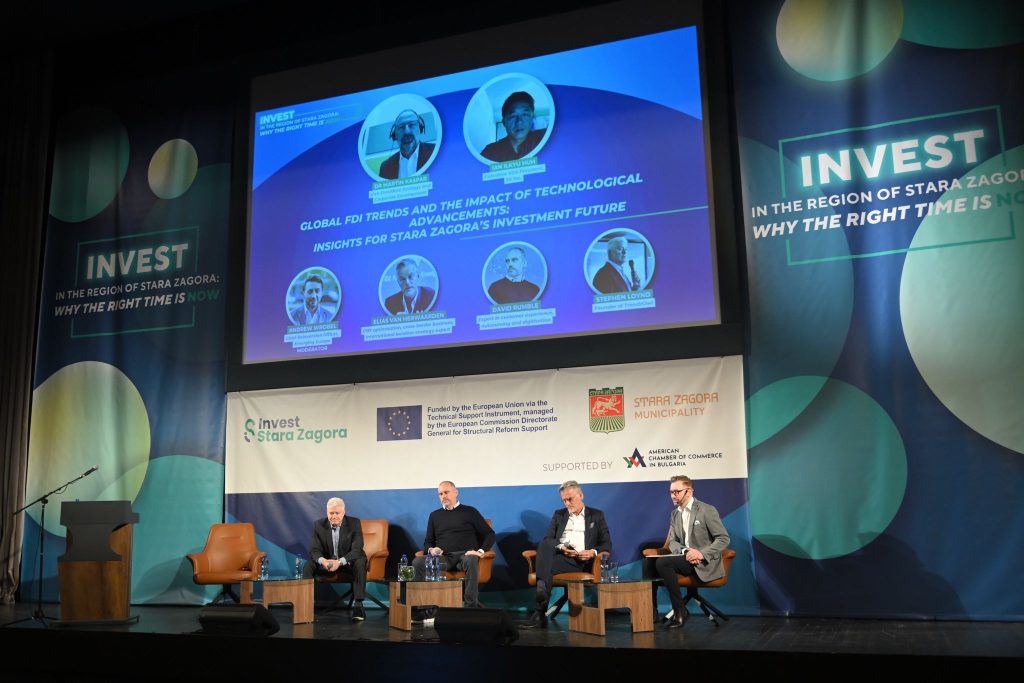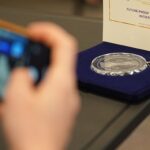Stara Zagora in central Bulgaria was once best known for its heavy industry and nearby coal-mining complexes.
Today, however, it is forging a fresh identity as a nascent hub for information technology. Over the past few years, local authorities, private investors and international firms have set their sights on turning the region into one of Bulgaria’s emerging IT outposts.
According to data from the Bulgarian Association of Software Companies, the number of tech firms operating in Stara Zagora has nearly doubled since 2020, while the local IT workforce is growing at a steady clip of around 10-15 per cent per year.
Such numbers remain small in absolute terms, dwarfed by Sofia, the country’s capital, whose sophisticated software sector drives the bulk of Bulgaria’s IT exports. Yet Stara Zagora’s quiet ascent reflects a wider shift within the country: as digitalisation deepens across Europe, Bulgarian firms and foreign investors alike are looking beyond the capital for lower operating costs and a fresh talent pipeline.
Local officials are keen to leverage the region’s well-developed infrastructure—solid rail and road links, reliable digital networks—and its proximity to several major universities churning out computer science graduates.
Efforts have also been made to attract angel investors and accelerate the growth of start-ups, notably several development zones, including Zagore and Elenino, where firms benefit from advanced digital infrastructure.
The attractions for companies eyeing Stara Zagora are clear. Wages remain lower than in Sofia or in more established tech centres like Plovdiv. Office space is affordable: commercial rents in Stara Zagora run about 30-40 per cent below those in the capital, a substantial saving for fledgling enterprises.
The region’s cost of living is modest, too, making it easier to retain junior coders who might be deterred by big-city prices. An ecosystem of support services—co-working spaces, IT clusters and small accelerators—has begun to emerge.
The growing presence of well-regarded firms in fields from fintech to agricultural software solutions is putting the city and surrounding region on the radar of multinational outfits seeking a bridgehead in south-eastern Europe.
‘Double down on what you do well’
David Rumble is a specialist in customer experience, digitisation, outsourcing and multi-shoring who helps IT firms find prime locations. Speaking at an event in Stara Zagora last month, designed to focus attention on the investment potential district, he said that clients once interested in places such as Poland were now asking, “Where’s next in Eastern Europe?”.
“Where do we now go next for these technological skills that will support inside EU service delivery? It’s here that Stara Zagora can play a role.”
When it comes to how Stara Zagora should position itself, Rumble believes that it should not make the mistake so many other places have, of not looking at things from the buyer’s, or investor’s point of view.
“You need to look outwardly,” he says. “How do I help the talent that I’ve got locally and put them on an international stage?”
He suggests that Stara Zagora can start with boasting a little more about its internet speeds, which are exceptional. “It’s one of the first things that buyers and investors will look for,” he says.
Stephen Loynd at TrendzOwl, a market intelligence and advisory firm, agrees. “Double down on what you do well, focus on the strengths of the region,” he said at the Stara Zagora event.
For Elias van Herwaarden, a location strategy expert, one of Stara Zagora’s strengths is its EU location which makes it ideal for nearshoring, a trend that he points out has increased since Russia’s invasion of Ukraine.
“Firms are looking to invest in this part of the world,” he said. “In difficult times, investors look to the huge, beautiful EU market.”

The need for talent
Yet Stara Zagora’s promise is hardly guaranteed. The region faces a familiar conundrum for ambitious secondary cities: talent.
While Bulgaria’s overall IT workforce is expanding, the best-trained software engineers often gravitate to Sofia, where the career ladder is taller and salaries are fatter.
Stara Zagora must therefore work harder to convince skilled professionals that it can offer long-term prospects. Some local companies say they struggle to fill mid-level or specialised positions, and they worry about brain-drain towards the capital or abroad.
For IT firms already present in the region however, there is an advantage that Stara Zagora can exploit: quality of life.
In Emerging Europe’s Business-Friendly Cities Perception Report 2024, Stara Zagora ranks seventh in the Pool of Talent category and eighth in Infrastructure and Connectivity, as seen by site selection experts and FDI advisors.
Additionally, in the geospatial part of the Business-Friendly Cities research, Stara Zagora ranks eighth in the Quality of Life category.
“The younger generation expect to be well paid,” says Velizar Dimitrov, CTO at Stara Zagora-based eDynamix, which helps automotive retailers and original equipment manufacturers (OEMs) digitise their customer journeys.
“Some of them also want a busy life, and those guys head to Sofia. But some don’t want a busy life, they want a good work-life balance, and those people stay in Stara Zagora.”
“We should be aiming not just to create a labour force here in Stara Zagora, but a highly-skilled labour force.”
Nurturing talent is therefore a key part of the city’s development agenda, says Zhivko Todorov, Stara Zagora’s mayor, who opened the event.
“The local government is investing in education and training programmes to develop a skilled workforce, crucial for supporting the growth of the renewable energy industry,” he says.
“Our district has a strong tradition in engineering and industrial innovation. This tradition is now being channeled into emerging sectors like renewable energy and IT, thanks to specialised educational institutions and vocational training centers that ensure a steady supply of skilled professionals.”
For now, Stara Zagora’s shift into IT is encouraging, but its success will depend on balancing cost advantages with a steady flow of skilled workers and fostering a climate hospitable to both international investors and home-grown start-ups.
What’s clear, however, is that the opportunities are there for international IT business process outsourcing and shared service centre operations, as well as in energy and manufacturing, as the region offers evolving IT talent and readily available engineering skills.
If it can make the most of this, Bulgaria’s rising tech tide will lift not just its capital, but also the fortunes of a city once defined by its smokestacks—and now increasingly defined by its servers.
This content was produced in collaboration with the municipality of Stara Zagora and the European Commission’s Directorate General for Structural Reform Support.
Photo by Aaron McLean on Unsplash.







